false starts

If there is one person that understands a false start, it’s me.
Definition: A false start refers to an initial attempt or action that is not successful or is interrupted before it can be completed.
It’s like an empty promise.
I want to dive deeper into why this is a recurring issue for me, especially here with Esa?
Backstory:
I’m a perfectionist, but only towards things I care about.
When I don’t find purpose or value in something, I tend to neglect it. This was me in school. I excelled in classes I enjoyed and found valuable, but when it came to subjects that gave me no purpose, I tried, but often not enough. Esa is something I deeply care about, but I habitually neglect it.
Why do I do this?
Short answer: Paralysis.
Long answer: I get paralyzed by all the ideas, versions, and ways to go about my creations. As I sort and narrow things down, I nitpick everything to the point where I’m left with bare bones of my project. I regularly find myself in this toxic cycle, especially in my writings, where I’m so critical I have to walk away.
My Inspiration:
My best friend is an artist, and she’s excellent at what she does. When we lived together, I found myself enamored with her creative process. It was fluid and effortless, and I was jealous. How could someone effortlessly create meticulous masterpieces back to back? It seemed as though she had an unfair advantage or magic power, and I wanted what she had. After creepily observing her for 4 months consecutively, I feel that I have understood how she does it…
Analyzation: She trusts herself (if trust the process was a person, it’s her).
I remember speaking with her, and she mentioned how sometimes she doesn’t even know what she’s doing or making; however, she leans into it. One thing I particularly noticed, especially in terms of her own satisfaction with her work, was the distinction between her premeditated and intuitive pieces. For instance, when she was given specific prompts with strict structures in the art classes she attended, I observed a significant increase in dissatisfaction and criticism from her regarding her art.
I vividly remember a vulnerable moment when she broke down about how the constraints imposed on her work drained the joy from her art and made her despise it. This moment made me (for a lack of better words) sad.
In contrast, when I observed her in a state of flow while creating art intuitively, I noticed a vibrant and captivating aura surrounding her. The whimsical and unique style of her work effortlessly drew people to the corner of a room, as if her sketchbook was an open treasure trove that they couldn’t resist.
Whenever I sought solitude, she was the one exception I could tolerate being around. However, during our quiet moments of parallel play, whenever she brought out her embroidered canvas sketchbook, I had to leave because within a matter of seconds, our peaceful space would be filled with several people.
Her work was attractive.
Application:
I related to this experience differently. For me, the constraints weren’t external entities but rather internal obstacles that I created for myself. This behavior is the root cause of my frequent false starts. I’ve learned that by embracing fluidity and allowing things to be messy and confusing, I can unlock the beauty of progress and eventually create art. This lesson will not only be applied to my writings with Esa but also in all aspects of my life.
Experiencing our journey with patience and curiosity is a simple task that is often forgotten.
-Pharyn
